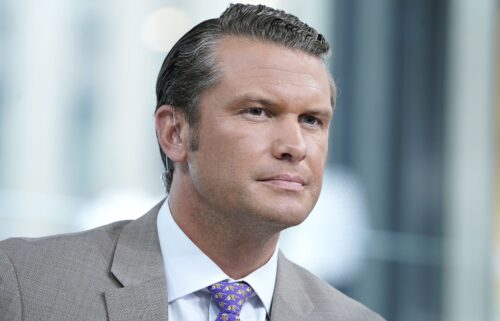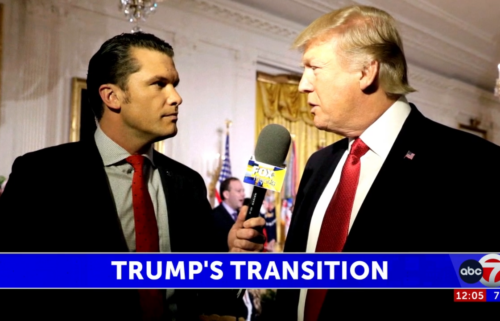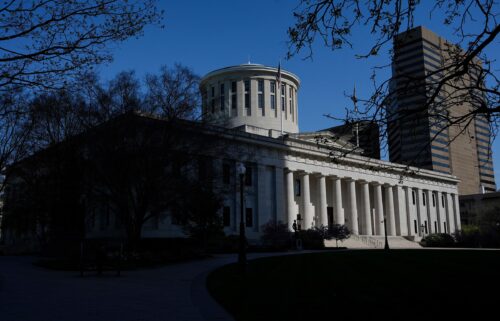What happened Tuesday in Virginia should terrify Republicans

On Tuesday, Virginia Democrats retook control of the state House and state Senate — giving the party total control of the legislature and the governor’s mansion for the first time in nearly three decades.
Which is a big deal! But it’s actually how — and even more accurately where — Democrats won their Virginia majority that matters to the coming 2020 race.
Democrats won their majorities in the suburbs — of northern Virginia and Richmond, primarily — where voters sided with Democrats’ message of gun control and the need to address climate change.
As The Washington Post reported:
“Republicans, who when Trump was elected had a seemingly insurmountable majority in the House of Delegates, lost footholds in several suburban districts. They struggled to separate themselves from the unpopular president and to take moderate positions on gun control and a Medicaid expansion after years of voting against them in the General Assembly.”
And as the Cook Political Report’s house editor, David Wasserman, noted on Twitter, there are now zero Republican elected officials at the state or federal level in the massive (and massively suburban) Fairfax County following state Del. Tim Hugo’s loss on Tuesday.
What should be of real concern to Republicans — from President Donald Trump on down — looking for insight from the 2019 elections into what will happen next year is that this suburban flight from the Republican brand isn’t new.
In the 2018 midterm election, Democrats retook their House majority largely on the strength of their victories is suburban seats in Pennsylvania, California and Florida. The 2018 national exit poll showed that suburban voters made up a majority of all voters (51%) and split their votes between Democratic and Republican candidates 49% each.
That’s a seismic change from the GOP’s long-held dominance in the suburbs. In the 2014 and 2010 midterm elections, for example, Republicans carried suburban voters by 12 points. But Trump’s 2016 victory featured some backsliding in the suburbs for the GOP as he carried those voters 49% to 45% over Hillary Clinton.
The election results in 2018 and 2019 suggest that what was a skepticism toward the idea of a President Trump in 2016 has turned into outright sourness and opposition to him and his party in the three years since he won. Some of that is policy driven — Trump’s travel ban, his pledge to build a wall on the southern border, his child separation policy — and some is tonal. Suburban voters, particularly women, dislike Trump’s, um, aggressive approach to politics.
Regardless of the reasons, the reality — after the 2018 and 2019 elections is clear: Republicans have a major problem in the suburbs.
Even more frightening for the party? Trump seems dead-set on doubling down on his harsh rhetoric and conservative policies — all designed to ensure that his base never, ever leaves him. There is a clear cost to that base-first-last-and-only strategy.
And that cost is being borne by losing down-ballot Republicans in the suburbs across the country.




